

Posted: February 28, 2022
Sensors fitted to your vehicle, relay key information to a control unit, which computes the attitude of your vehicle through a corner. When lateral acceleration exceeds available tyre grip with the road surface, resulting in a loss of directional control, or skidding, the system intervenes. It reduces engine power and individually brakes each wheel to direct the vehicle back on your intended steered path.
Effective and active on both front and rear axles, the system will recover a variety of skidding permutations:
• Front wheel skid, described as Understeer
• Rear wheel skid, described as Oversteer
• 4-wheel skid described, as Equal lateral acceleration
Bosch researchers estimate, across the EU, ESP has saved over 15,000 lives since its introduction 25 years ago.
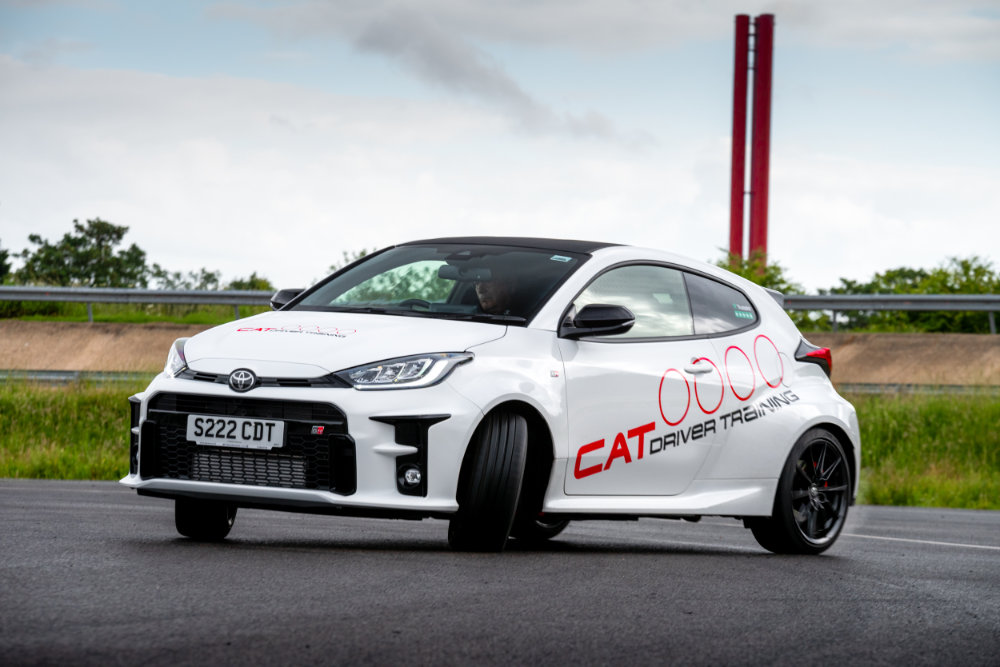
If you are avoiding a potential accident with a sudden manoeuvre, or surprised by an unprovoked loss of grip on a slippery road surface, an ESP will intervene to assist you, to help maintain control of your vehicle. The importance of the fitment of ESP as a standard requirement is unequivocal.
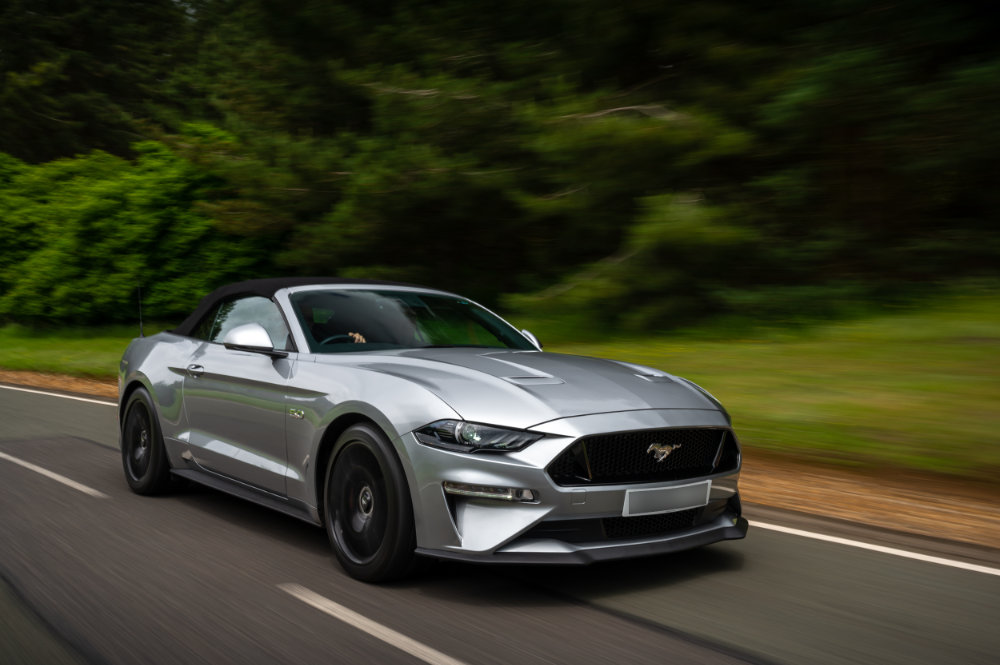
Officially on production vehicles in 1995, Toyota, General Motors and Mercedes led the charge. For many, it was a tick on the manufacturers options list. It also means it is possible to find identical vehicles with, and without ESP, on vehicles registered before 2014. Globally, there are many manufacturers of these systems, with Bosch having a strong foothold in Europe.
Like any innovative technology, once R&D investment had been recovered and prices fell with volume production, car manufacturers began to fit ESP as standard.
Is TCS (Traction Control System) the same as ESP?
TCS first appeared in the 80’s - the forerunner to the inclusive ESP and TCS systems we know today.
No, it can be confusing, let me clarify. Depending on the vehicle and manufacturer you have chosen, your stability programme could be titled by a variety of 3 letter acronyms: VDC - Vehicle Dynamic Control; PSM - Porsche Stability Management; DSC - Dynamic Stability Control, to name a few. Irrespective of their title, they all conduct a similar function.
Vehicle manufacturers employ the services of the systems manufacturers and developers, to adapt their systems to the individual specific models and types.
Registers the amount of steering angle in degrees. The systems primary function - to recover the vehicle back to the intended steered path of the driver. The systems intervention will feel intuitive, if, you steer where you want to recover too. Remember: “your steering follows your eyes”. Look for your escape route and not at the scenery, or an object, you are intending to avoid.
Communicates with the control unit, to identify accelerator position and can be overridden by the control unit, to reduce engine power. To be clear, if you have your foot on the accelerator pedal, and the system considers you are demanding excessive power and torque for the recovery of control, power is reduced by the control unit, overriding the drivers input.
Communicates individual wheel speeds to the control unit. When understeering, the front wheels are travelling more quickly than the rear wheels, and vice versa, for an oversteer scenario. Accelerate and induce wheel spin, and a response will be triggered, due to differing wheel speeds across the same axle.
As soon as the vehicle is moving, wheel speed sensors are accruing data. They are searching for a discrepancy between the speed of each individual wheel, correlated with the drivers steering input, versus vehicle trajectory. Hence, it is essential the driver steers, to recover their course.
We have the development of ABS (Anti-lock Braking System) to thank for the advances in ESP. ABS is a safety aid, fitted by law from 2004. ABS prevents the wheels from locking up under braking, giving drivers the ability to steer, and emergency brake, simultaneously. To function, ESP uses many of the ABS system components as both systems share the same wheel speed sensors.
Mounted centrally low on the floor pan in the middle of the vehicle. Current systems measure across 3 axis - X, Y & Z. Calculations are: vehicle roll rate; yaw rate; rotation; lateral acceleration; longitudinal and vertical inputs.
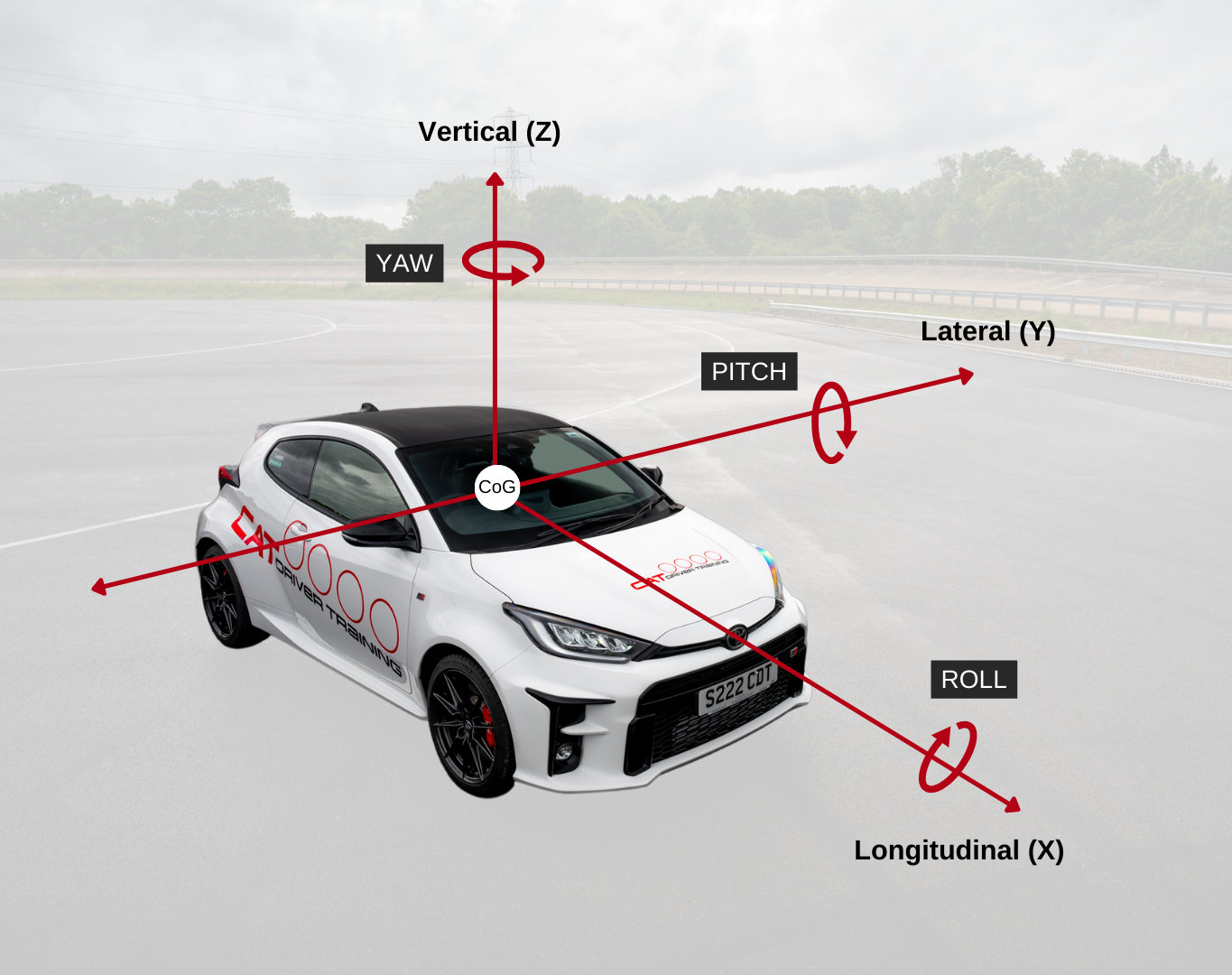
The control unit takes information from the sensors. The hydro electronic actuator receives commands from the control unit, regulating brake line pressure to each individual brake caliper.
Niche manufacturers such as Radical and Caterham, have legitimately avoided fitting ESP and ABS systems on their current line-up. Low volume vehicle manufacturers can apply for exemptions to some of the hundreds of homologation rules and regulations, that volume car manufacturers comply with by law. Morgan, Ginetta, Westfield, Noble and Ariel fall into the same category.
This indicates that the system is actively helping you. Engine power may decrease, even though your foot is on the accelerator, coupled with a feeling the vehicle is braking. The car may give an involuntary shuffle and fidget on the road, as if you had adjusted the steering or dabbed the brake pedal. You may also hear the audible pumping of the actuator, as the brakes pulse through the recovery cycle.
As a rule, I find the more expensive the car, the more seamless the intervention. If subtle, you may not feel a dynamic change, your visual clue being the illuminated skidding vehicle motif, flashing on the instrument cluster.
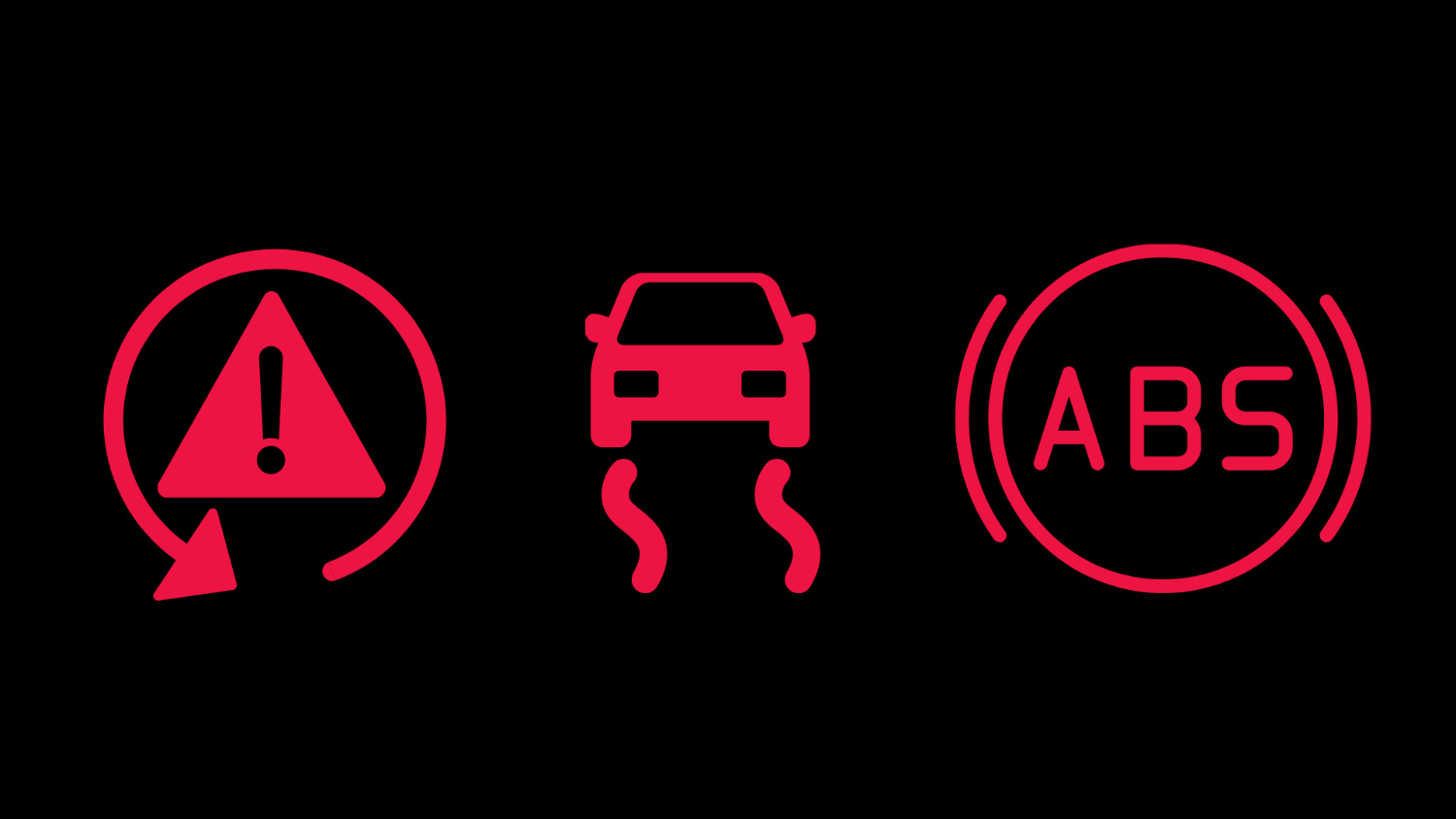
There are 3 scenarios to consider:
A common cause is a faulty wheel speed sensor, often described as an ABS sensor. Bolted to the suspension, down in the depths of the wheel, brake and hub assembly. Susceptible to dirt and debris from the road, experiencing significant changes in operating temperatures - they have a tough life!
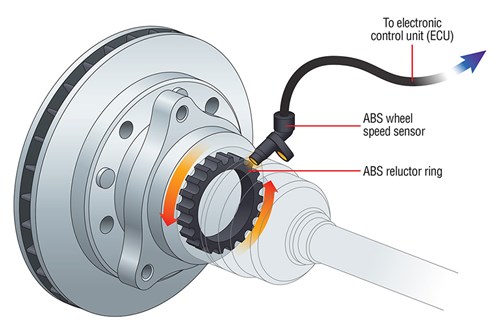
The sensor relies on a clear line of sight to the magnetic chip, located on the rotating ABS reluctor ring, attached to the wheel hub and/or drive shaft. Driving environments can create dirt and debris that covers the sensor. Off road driving, brake dust, especially on track days with high brake pad wear rates, can all challenge the reliable operation of the sensor.
Due to the nature of their construction, it is difficult to overheat a sensor. In my experience, they either work, or they have failed.
It is possible, however, on occasions that the system can receive data, it cannot compute. An example - riding the kerbs heavily on a track day. In this scenario, I have witnessed differential and transmission fault lights trigger on, along with ESP/TCS fault lights. You may find turning the ignition off, and restarting the engine in this type of scenario, could render the illuminated problem, solved.
Turning the ignition off and restarting, has allowed the system to run its predetermined self-checks. The system then realises it was a glitch, not a permanent component failure, hence the lights go out.
If the ABS/ESP light is illuminated permanently, it may be linked to a vehicle system fault associated with, but not directly, the ABS/ESP.
Vehicle electronics are run by a system known as CAN-BUS. Multi messages sent down a single wire. Via these multifarious BUS routes, vehicles active safety and dynamic systems, interact and communicate with each other. It is possible to have more than one fault light illuminated, but not know which system has failed.
Your only option is to visit a dealer, who has the correct diagnostic equipment. This to interrogate your vehicles OBD (On Board Diagnostics) computer.
For an inclusive answer to the question, we must consider the range of ESP selective settings, a vehicle may be equipped with.
Each and every time you start your engine, the ESP is armed autonomously and ready to go. By pressing and holding the ESP button, or via a sequence, the driver can elect to turn it off. But why would you? My professional advice is, leave it on for every journey.
Find yourself driving on snow, ice but not on winter tyres - moving off from the kerb on uphill gradients will be difficult. Wheelspin on the slippery surface, detected by the system, will reduce engine power - you will find it difficult to pull away. You may need to turn the ESP/TCS off, to pull away, turning the ESP/TCS back on, once moving.
Alternatively, vehicle manufacturers, depending on the specification and type of vehicle, can equip us with a range of ESP settings, to deal with these potentially challenging, driving conditions. Gravel, mud, wet weather, snow, sports, sports plus, track, race and off. All are potentially found as icons on the systems selection menu. To understand your vehicle's ESP system, consult the Handbook.
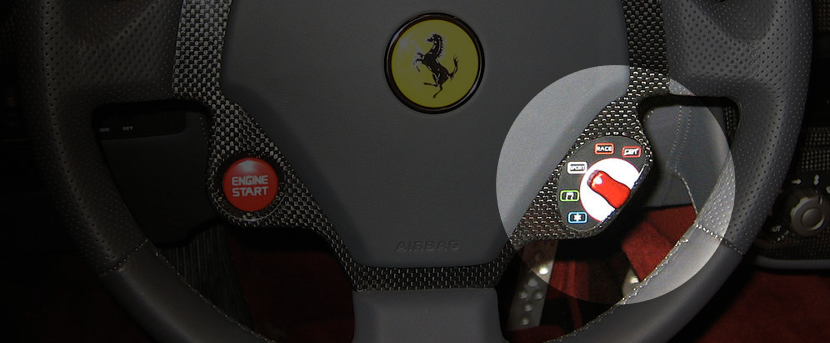
Driving consistently at a vehicle’s limit of adhesion, with the ESP switched on, as you might on a track day, can cause problems. The system is designed to work a few percentage points before grip limit is achieved. Some manufacturers give you optional settings to manage the amount of intervention. Examples are Sport and Sport Plus.
Sport and Sport Plus settings allow greater tyre slip angles and cornering forces, before, the system intervenes. Without the appropriate setting to relax the systems intervention, push onto grip limit and beyond - your brakes will be working every corner, every lap of the track. The result - possible destruction of a set of standard road brake pads, in a handful of laps.
If track days are your intention, it’s wise to ensure the vehicle you have chosen is equipped with the suitable ESP settings, to cope with the higher lateral loads and cornering speeds, associated with track day driving.
My experience, as a professional motor industry test and evaluation driver, has given me a great insight into the functionality of ESP and ESC systems. Parameters can be set within the software, in emergency situations, to engage the ESP even when turned off.
One example would be - when ABS braking is achieved, whilst the system is switched off. ESP can be programmed to turn itself back on automatically, to intervene and assist the driver.
Access to the software and hardware files, buried deep within an ESP system, are not accessible by the vehicle purchaser. They are the intellectual property of the manufacturer. We may never, therefore, categorically know how our ESP will behave, should you choose to turn it off.
With safety in mind, my advice is to think in the most logical terms. If you choose to turn your ESP off, you are flying solo - don’t expect any help!
As you switch through the range of available ESP settings on performance-orientated vehicles, and supercars, the list of performance-enhancing, dynamic electronic tweaks available to you grows considerably. Differential and torque vectoring; accelerator and steering response; engine power map, damping; and handling response. All can be enhanced in tandem, by the selection of an ESP setting.
UTAC, formerly known as Millbrook Proving Ground, our main base of operation and home, provides our clients with facilities to explore ESP systems and their operation in real-time and in total safety. Creating scenarios to explore each individual setting, with the characteristic of recovery is invaluable.
Take the time to understand your car's ESP system. Knowing how to choose the correct setting for the conditions you’re driving in, could literally save your life.
Part of this article uses extracts from the ESP section In “Your Track Day Guide” - CAT Driver Training's definitive guide to successful track days.
Call: 01234 757 633
Email: info@catdrivertraining.co.uk
CAT Driver Training is the fast way to develop & improve authentic dynamic driving skill, technique & knowledge from the Best. OEM recognised driver training for individuals & the motor industry. As the leading UK based independent advanced performance driving skills company, we exist to make your driving experience even better. Explore your cars potential, fulfill your own. Coaching advanced road & track skills, safety driver training courses for individual driving enthusiasts & advanced driving for all facets of the motor industry. The only training company resident within UTAC's Millbrook Proving Ground in Bedfordshire, within easy reach of London, & all surrounding counties: Hertfordshire; Buckinghamshire; Oxfordshire; Nottinghamshire; Cambridgeshire; Norfolk; Suffolk; Essex; & Surrey. Clients travel from the World over & the UK to learn from the authentic evidence based dynamic driving & vehicle dynamic experts. | All Rights Reserved | Copyright 2005 – 2025
Some of the links we use are affiliate links. This means that, at no cost to you, CAT will earn an affiliate commission if you click through the link and finalise a purchase.
Designed by WHP
Coded and built by Prominent Media